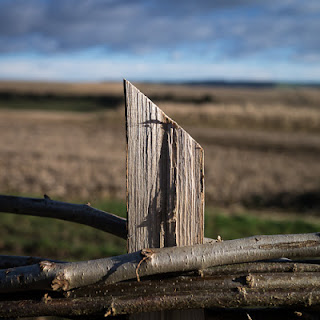 |
| Sands of Time, la Dune du Pyla, 2007 |
With just a few hours of 2012 remaining, I thought I’d look back on the year, from a personal photographic point of view. So here is a rather odd review of 2012.
One of the highlights early on in the year was meeting Mike Chisholm who writes the idiosyncratic Idiotic Hat blog. His posts are always interesting, thoughtful or fun and usually a mixture of all three, and remains the first blog I check out each day. For keeping up with photographic news and trends then I go to The Guardian’s photography pages, and look forward to Sean O’Hagan’s weekly photo blog.
The best photo exhibition I attended this year? Two actually, both by Noel Myles, first at Gainsborough’s House and then at Cambridge University. I don’t know which one I preferred more. In fact, my absolute photographic highlight this year was a gift from Noel: he very generously gave me a copy of Land Field 4, a landmark picture for still movies and in my opinion every bit as important as Walker Evans’ Peppers or Cartier-Bresson’s Gare St Lazare.
 |
| Noel Myles, Land Field 4 |
I've bought or been given a few new books this year, and I'm really enjoying looking at Pentti Sammallahti's Here Far Away that I got for Christmas. John Stezaker’s catalogue from his Whitechapel show is stunning for his humour, vision and photographic memory. I managed to track down a good secondhand copy of Hockney’s seminal Cameraworks. This is the most expensive book in my collection, but I'm glad I got it and have enjoyed the pictures a great deal.
The best piece of gear? I'm really pleased with the the Olympus 45mm/f1.8 lens for my G3. It’s light, fast and so sharp, and takes really nice portraits. What’s not to like?
For pure inspiration David Hockney’s Bigger Picture exhibition at the RA was just fantastic this year. I've spent a lot of time reading the catalogue and other books relating to this wonderful set of images, and it has been a major inspiration for me to get out and to experiment.
 |
| David Hockney, The Arrival of Spring |
The biggest change to my photography this year has been Joined Up Pictures itself. Since starting the blog back in late January I've had many thousands of page views and I'm very pleased with the response. The Misery of Printing was far and away the most popular post, which indicates that a lot of other people suffer the same frustrations that I have done when using desktop printers. The next most popular post was Worth a Look: Mareen Fischinger which showcased her wonderful panographies. After that a reviews of the Hockney exhibition A Bigger Picture and Noel Myles A Bigger Photo picked up steady views all year long.
The readership of the blog has increased steadily over the year. Half of my readers are from outside the UK which is gratifying, and I hope that over the next year I will gain even more as the word spreads. So thank you all for dropping by, please visit next year, and I wish you all a very Happy New Year.
 |
| Telegraph Hill, 2012 |















